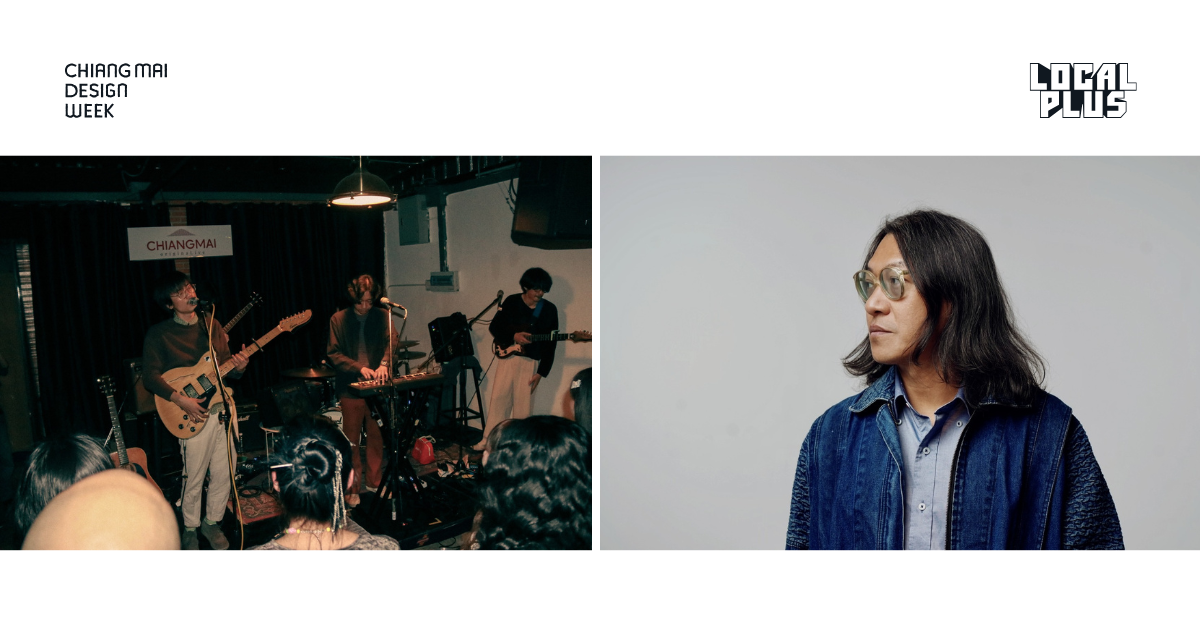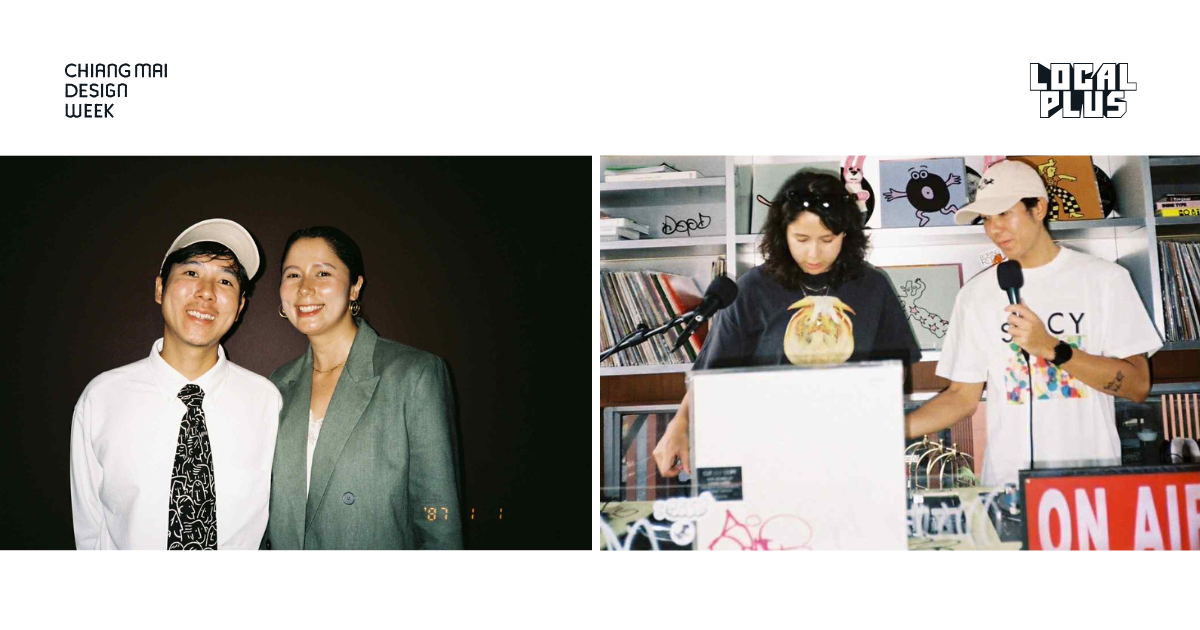Chiang Mai on the Verge of Music

เผยแพร่เมื่อ 21 days ago
Chiang Mai Music: The Making of a Creative City
For generations, music has been at the heart of Chiang Mai’s cultural identity. It has never been just entertainment, but a voice, a story, and a magnet drawing people into the city’s embrace. In the late 20th century, Jarun Manopetch’s iconic folk songs defined the soundscape of northern Thailand, introducing countless listeners to Chiang Mai through his tender yet powerful storytelling. Even after his passing, the city’s musical pulse never slowed. Acts like Acappella 7, HUM, ETC., POLYCAT, Solitude Is Bliss, Yonlapa, Boy Imagine, and Khian Khai & Wanich continued to shape Thailand’s soundscape, placing Chiang Mai firmly on the map as a hub of independent creativity and musical talent.
Today, the city’s reputation extends beyond the stage. It has become a fertile environment for musicians and artists, supported by a unique geography and culture. Nestled between mountains, with universities, artistic communities, and a relaxed rhythm of life, Chiang Mai fosters collaboration across disciplines—where musicians, writers, and visual artists uplift one another. This climate has allowed music to evolve in eclectic ways, defying genre boxes and attracting musicians nationwide and internationally to relocate here. Chiang Mai is now not only producing artists of national and global acclaim, but also inspiring countless others to dream of making music within its creative ecosystem.
Yet, challenges persist. Venues have grown, but audiences have shrunk. Local listeners often overlook Chiang Mai’s own bands until they gain fame in Bangkok, creating a paradox where outsiders embrace the city’s music more readily than its own people. As Supicha “Cha” Tesdaroons—musician, event organizer, and founder of Chiang Mai Original—observes, the missing piece is cultivating strong, loyal audiences. Without this, the city risks losing the vitality of its music community.

Other voices echo this urgency. Supakarn “Eung” Warinpramot, founder of Tempo.wav, notes that while Chiang Mai has an extraordinary musical identity rooted in diversity and openness, systemic support is lacking. The tourism economy grows year by year, yet the benefits rarely trickle down to musicians, who often juggle multiple jobs just to survive. For her, music is not only a profession but a lifeline—something that heals and sustains mental health. She sees the need to build sustainable listening cultures where smaller artists can thrive.

Musician and label founder Sumeth Yodkaew of Minimal Records stresses the need to rebuild community connections. A decade ago, listeners were plentiful but venues scarce; now venues are abundant, but audiences have scattered—partly due to social media and the pandemic. He envisions a Chiang Mai Music Center, a cultural hub that would gather record shops, studios, performance spaces, and archives of the city’s musical heritage under one roof, rekindling intimacy between musicians and listeners.

From a festival perspective, Simona Meesaianyati and Dontri Siribanjongsak of POY Festival emphasize Chiang Mai’s openness as its greatest strength. Here, artists and audiences alike are free to experiment and cross-pollinate cultures—foreign musicians can easily join local jam sessions, tap dancers spontaneously join concerts, and every space feels welcoming. But they also point to the lack of a clear policy. International visitors are surprised to discover such rich music scenes here because they are not promoted. With strategic communication and municipal support, Chiang Mai could attract tourism centered on music itself, rather than relying solely on seasonal highs and lows.

Together, these voices paint a vision: Chiang Mai is already a city of music in spirit. Its ecosystem is fertile, diverse, and resilient. But to truly become Thailand’s first official “City of Music,” it must be recognized, supported, and invested in—not only through stages and festivals, but by strengthening audiences, building cultural infrastructures, and creating policies that treat music as an economic driver. If nurtured, the city’s musical capital could become one of its strongest creative economies, enriching both cultural life and economic vitality for years to come.

